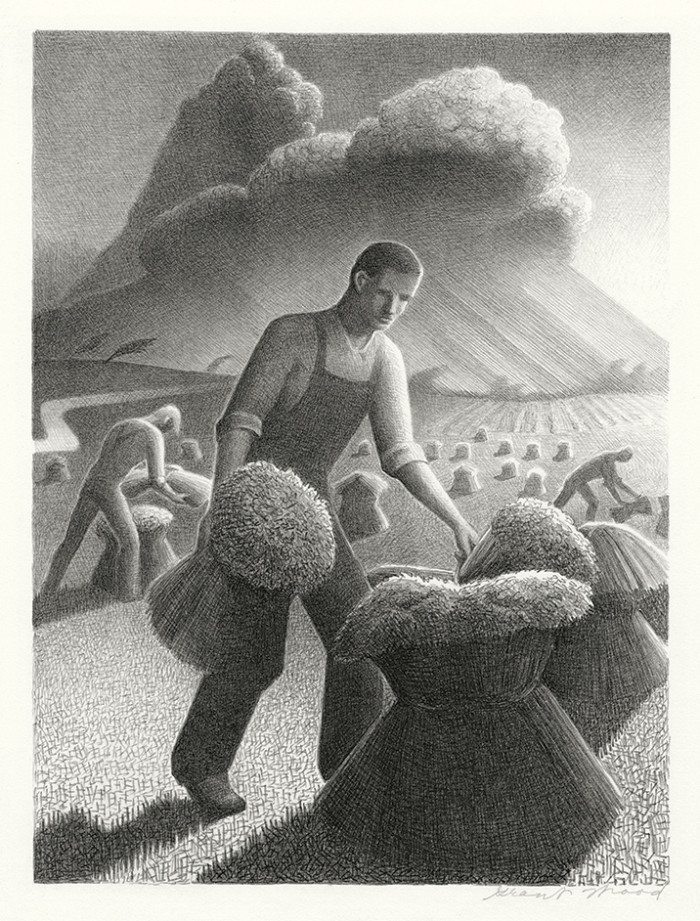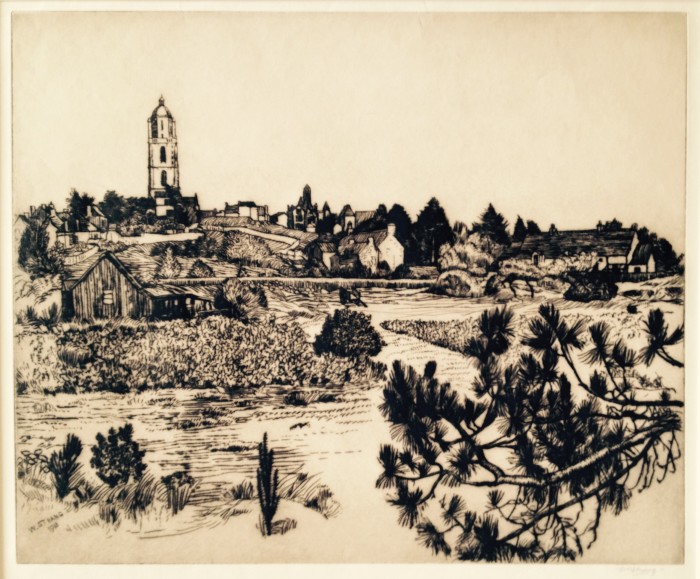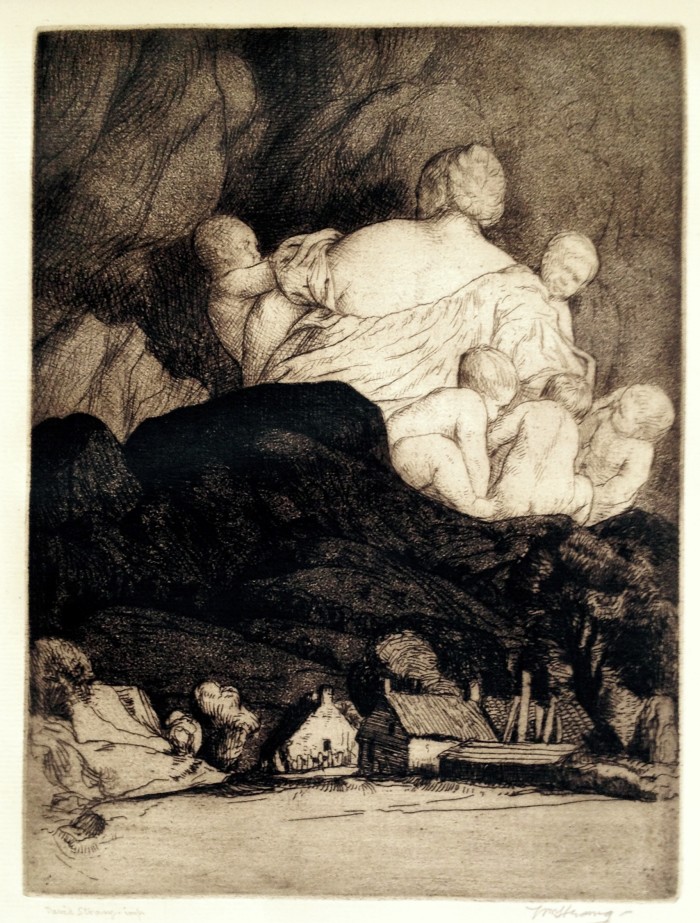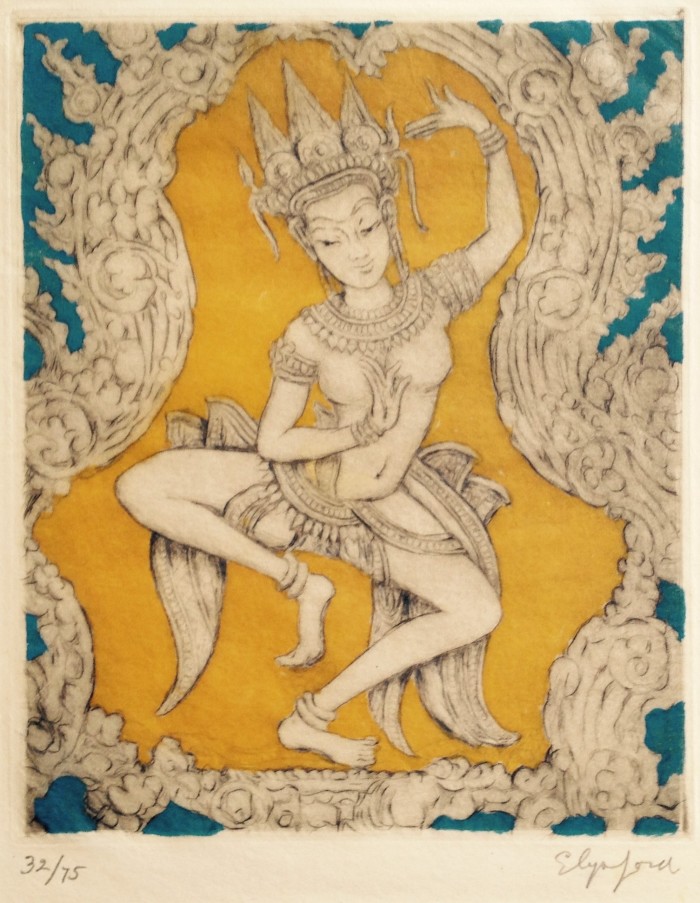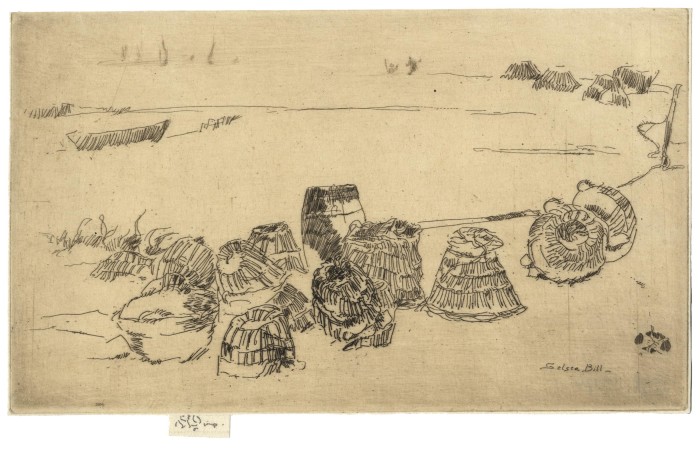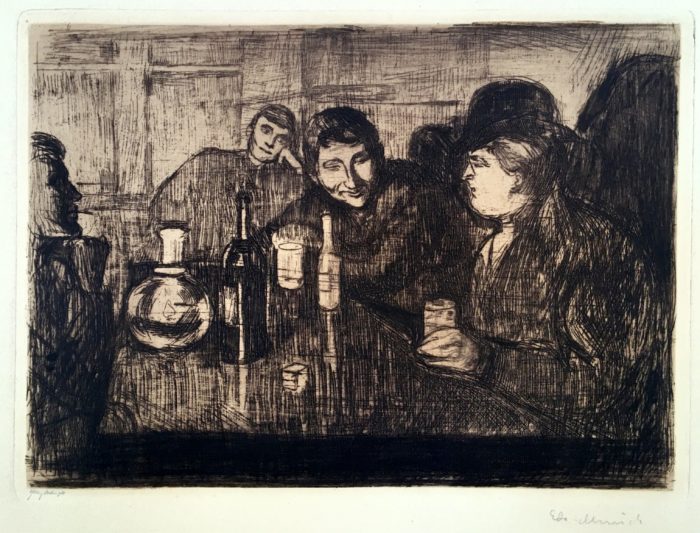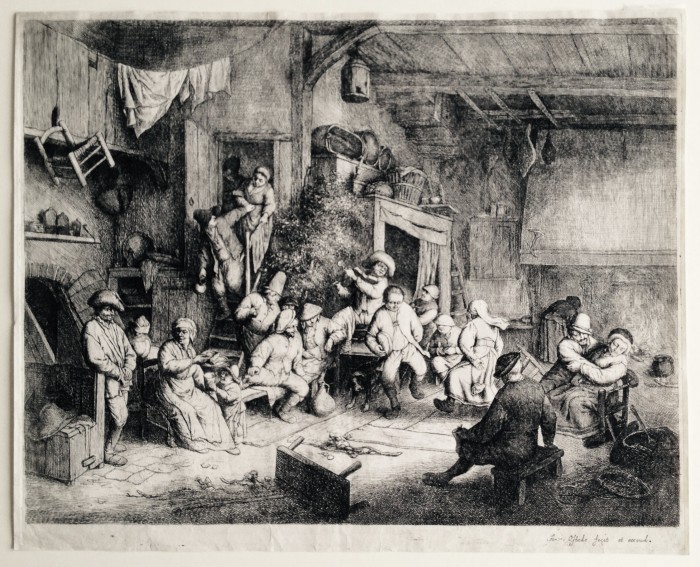Approaching Storm
Friday, July 31st, 2015
Grant Wood (1891-1942), Approaching Storm––– 1940, Lithograph.
Cole 16. Edition 250. Signed in pencil.
Image size 8 7/8 x 11 7/8 inches (225 x 302 mm); sheet size 10 3/4 x 14 1/4 inches (273 x 362 mm).
A superb, well-inked impression, on off-white wove paper, with margins (7/8 to 1 1/4 inches), in excellent condition.
The artist’s last print, published by Associated American Artists, 1940.
Reproduced: American Master Prints from the Betty and Douglas Duffy Collection, The Trust for Museum Exhibitions, Washington, D.C., 1987.
Collections: Albrecht-Kempler Museum of Art, Akron Art Museum, Art Complex Museum, Carnegie Museum of Art, Cedar Rapids Museum of Art, Cleveland Museum of Art, Des Moines Art Center, Detroit Institute of Arts Museum, Fine Arts Museums of San Francisco, Metropolitan Art Museum, Museum of Fine Arts Boston, New Britian Museum of American Art, Phoenix Art Museum, Rhode Island School of Design, Saint Louis Art Museum, Spencer Museum of Art, Springfield Museum of Art, Sterling and Francine Clark Art Institute, University of Iowa Museum of Art Digital Collection, Whitney Museum of American Art.
